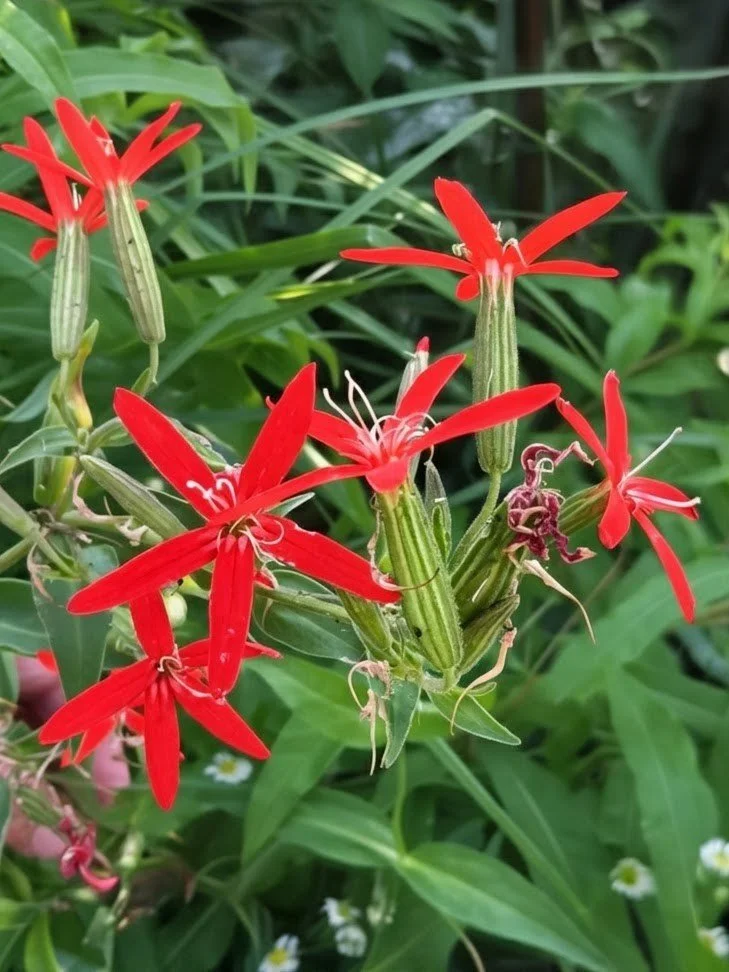Bloom: mid- to late summer
Habitats: mesic black soil prairies; open areas along roadsides and railroads; openings in upland forests; savannas; scrubby barrens
Lifespan: perennial
Moisture: moist to slightly dry
Plant type (height): forb (2 to 3 feet)
Requirements: full sun to partial sun
Soil: clay-loam; loam; rocky material
